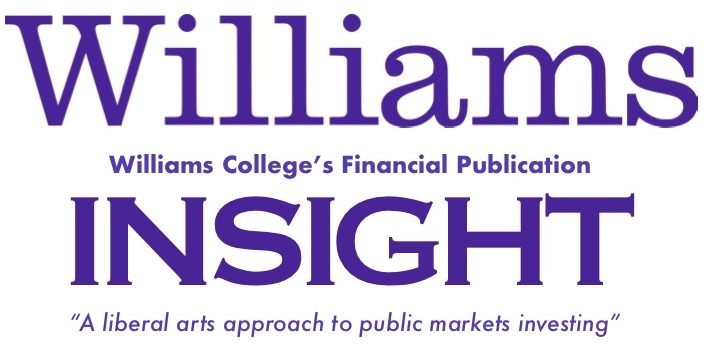By Nate medow
Epic Games is a privately owned company that created the famous online game Fortnite. Fornite took the nation by storm in April of 2018 as a free downloadable game that could be played on Xbox, Playstation, PC, and mobile devices. With over 200 million users, Fortnite generated over $2 bn for Epic Games, and is just one of the many games in the industry that generated $138 bn in 2018(up roughly 30% from 2017).
Fornite’s massive popularity brought global attention to the shifting structure of monetizing online games as well as the growing opportunities that exist in the gaming industry. Popular games such as Madden, FIFA, and Call of Duty are bought for a one time fee which unlocks all functions for the user. This profiting method has been the dominant one throughout the history of the gaming industry. However, Fortnite, deviated from this typical structure, offering the game as a free download.
In Fortnite, non-paying and paying users have access to the same in-game functions. They both can play in the battle royale mode with access to the same guns. Paying users gain no competitive advantages from their payment, which is unique. For example, in Clash of Clans, another free downloadable app, users who pay for items gain competitive advantages over those who do not, which minimizes the amount of non-paying users who play the game. Creating advantages for paying users can hamper the growth of a games popularity due to users aversions to paying for items. Simultaneously, developers need a method of monetizing their application, and offering in game incentives in exchange for money is a popular method of doing this. But there is a balance, and Fornite’s model seems to have found it.
Fortnite generates revenue through microtransactions—a model where users acquire virtual items with micropayments. The first of these microtransactions that occur is the sale of “battle passes.” Fornite has seasons, which last roughly 2 months. At the start of the season every player is at equal tiers, and they try to increase their tier(or level). As the user levels up, emotes and skins can be earned. If one purchases a battle pass, more of these items are earned when you level up. While a non paying player can earn some of these items, it becomes significantly harder. Moreover, there are certain items that non paying players do not have access to regardless of how many times they level up. A battle pass, which lasts one season, is currently $10. The other way in which Fortnite uses in app purchases is through their store. This is much more common of apps, but again it differentiates in that the store offers no competitive advantages for spending money. In the Fortnite shop users can buy v-bucks with real currency and then spend it to buy emotes, skins, and gliders.
The Fortnite model is not perfect by any means. Companies that do adopt the Fortnite model must constantly update the game and utilize social media tools in order to keep the game popular, which can become prohibitively expensive. Moreover, the model is particularly reliant on consistent user participation in ways that other games are not. Profits for games that charge a one time fee are impacted less from a decline in user participation, which is a large reason for why the Fortnite model is not the proper choice for every developer. In fact, Red Dead Redemption 2 recently released via disc and brought in $725 million of revenue in the first 3 days.
While there are certainly issues with the Fornite model, it is indicative of a new method of developing profitable games, which has caused other gaming companies to look at how they can adopt the Fortnite model. Companies that do adopt this model should increase corporate sponsorships of the coveted in-game items that users are willing to pay for, which is something Fornite did not do often. I believe Fornite could increase their profits without detracting from users game experience if they used their in-game items as platforms to advertise. Developers could partner with fast food fast food chains and beverage companies, such as McDonalds and Coca-Cola. For example, with every Happy Meal or bottle of soda, a code for a free in-game item could be included. In this way these developers would still be able to profit off of non-paying users—one of the larger issues with this model.
As this industry continues to rapidly expand and adapt, some public companies to keep an eye on are Ubisoft(UBI.PA), Tencent(TCEHY), Activision(ATVI), EA Sports(EA), and Take Two Interactive(TTWO).
Disclaimer: the author does not personally own any of aforementioned stocks in his portfolio and does not assume any responsibility of readers’ investment decisions.
